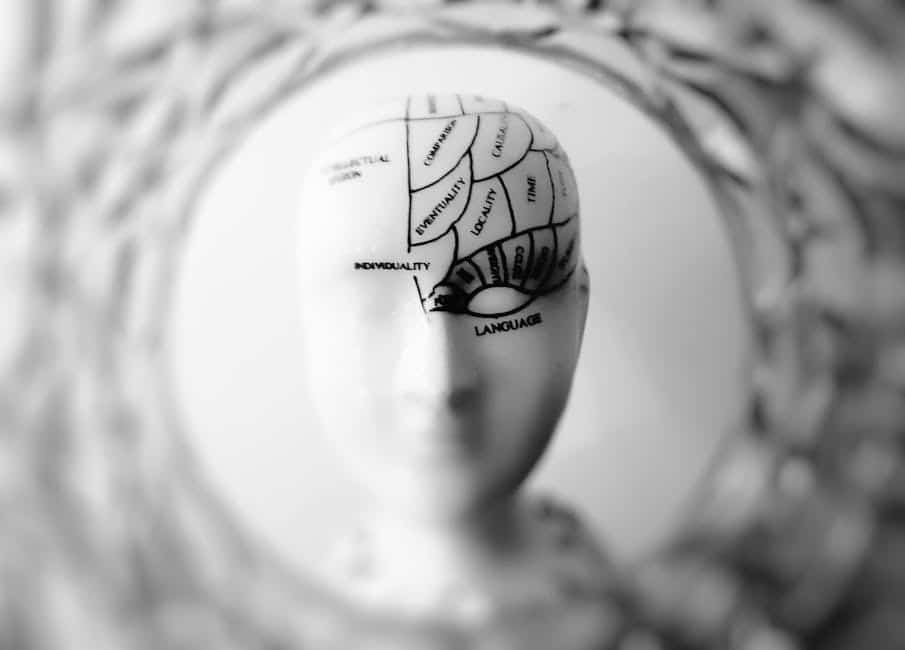Trauma is not biased; it can happen to anyone, at any age, at any time. As a result, trauma is often unexpected and can leave the receiver feeling in shock and disillusioned about what has happened to them. Sometimes the effects of trauma are revealed immediately; other times, they are suppressed and can come out in unexpected ways. Luckily, as our brains can recover and learn how to feel safe again, we don’t have to stay victims of our trauma.
Trauma Defined
Before we find out how our brains can be healed from trauma, we first need to understand what it is. The Substance Abuse and Mental Health Services Administration (SAMHSA) defines trauma as “an event or circumstance resulting in:
- Physical harm
- Emotional harm
- Life-threatening harm”
It is important to note that every person interprets trauma differently, so what may be traumatic for one person may not be traumatizing for someone else. Also, keep in mind that it might not be a specific event that is traumatizing but rather how the receiver interprets what happened to them.
What Trauma Does to Our Brains
The brain’s main goals are to keep us alive and safe. When trauma occurs, our brains recognize the distressing signals and act accordingly. Until the brain knows it’s safe, it keeps sending “danger” signals to our bodies, even if there is no imminent danger, only the memory of it.
The National Library of Medicine (NLM) explains that the amygdala, hippocampus, and prefrontal cortex are all activated while experiencing trauma.
These parts of our brains help activate the fight-or-flight response when we are in a dangerous or life-threatening situation. The fight-or-flight response kicks the body into survival mode, which results in the brain sending all kinds of frantic messages to the nervous system to stay alive. The problem is that once trauma occurs, sometimes the brain has a hard time coming out of survival mode after the traumatic event has ended.
These stress responses, especially if they are repeated consistently, can become the brain and nervous system’s new “normal” state. This can also result in post-traumatic stress disorder (PTSD). However, just as the brain is made to protect at all costs, we can return the favor by teaching the brain that it can learn to be safe again.
Trauma Can Be Healed
While trauma can affect our brains and bodies in various negative ways, the good news is that healing is possible! Healing from trauma doesn’t mean forgetting or dismissing what’s happened; it means adapting to the new “normal” in the healthiest way possible. This process is referred to as neuroplasticity.
The U.S. Department of Veterans Affairs (VA) explains that neuroplasticity is “the brain’s ability to reorganize itself by forming new neural connections throughout life.” This means that our brains can be flexible and adaptable, and the neural pathways can be rewired over time.
The key to effective neuroplasticity post-trauma is to establish safety. This should be done with the expertise of a licensed counselor or psychotherapist who can help process the trauma that has occurred. As healthy tools are put to use and trauma triggers are identified, the brain can form new neural pathways. The new, positive neural pathways help remind the brain to respond differently when trauma is triggered. A therapist will be able to help give language to feelings and emotions as the trauma is processed healthily.
Common Therapeutic Techniques
As the therapist evaluates the current mental and emotional state of the trauma survivor, they might try a few different techniques to see which one is most effective. What works for one person may not work for everyone else, so remember to be patient with yourself (or loved ones) as difficult memories and feelings are processed.
Some common therapeutic techniques that might be used by professionals could include:
- Cognitive-behavioral therapy (CBT)
- Dialectical behavior therapy (DBT)
- Eye movement desensitization and reprocessing (EMDR)
- Mindfulness-based stress reduction (MBSR) or mindfulness-based cognitive therapy (MBCT)
Positive reinforcement and emotional awareness might also be used to help the brain to achieve healthy neuroplasticity.
For example, if a child has fallen off the monkey bars and broken his arm, he might feel afraid to go on the monkey bars again. However, every time he does the monkey bars without getting hurt, it builds positive memories in the brain and helps the memories based on fear become quieter. Positive reinforcements can help remind the brain that it can feel safe again, even for a brief time.
In addition to positive reinforcement, emotional awareness and learning trauma triggers are vital to the healing process. Identifying and exploring triggers healthily can give the trauma survivor some language to describe how they feel. This can empower them not to be afraid of the triggers and difficult feelings but instead give themselves permission to deal with their trauma healthily.
Here at Acera Health, we understand that trauma survivors are unique, courageous people. If you have experienced trauma, you might be looking for some extra support as you process what you’ve been through. That’s where we come in. We are here to remind you that you don’t have to do any of it alone. Our friendly, compassionate staff is available and equipped to serve individuals who have experienced trauma, such as first responders. We are here to support you as you take the first steps toward the healing you deserve. If you are ready to become your healthiest self, please get in touch with us at (949) 647-4090. We are looking forward to walking alongside you on your healing journey.









